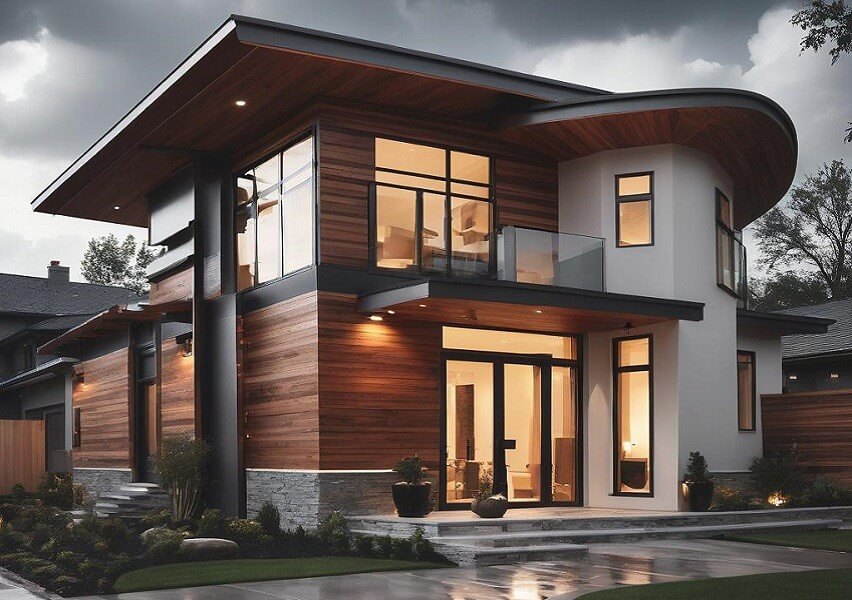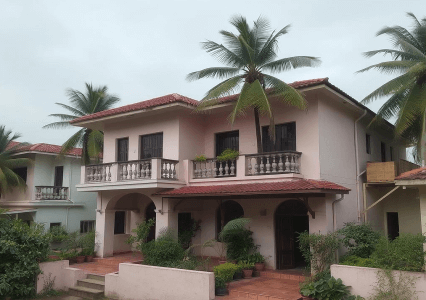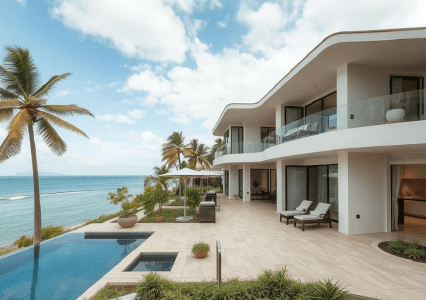
Weather considerations have a significant impact on architectural and engineering design. Here are some key aspects:
1. Structural Integrity
- Wind Load: Buildings in hurricane-prone areas need reinforced structures to withstand high winds.
- Snow Load: Roofs must be designed to bear the weight of accumulated snow in regions with heavy snowfall.
- Seismic Activity: Earthquake-prone areas require designs that can absorb and dissipate seismic energy.
2. Material Selection
- Temperature Fluctuations: Materials must be chosen based on their ability to expand and contract without damage.
- Humidity: High humidity can lead to mold growth and material degradation; moisture-resistant materials are necessary.
- Corrosion Resistance: In coastal areas, materials must withstand saltwater corrosion.
3. Thermal Comfort and Energy Efficiency
- Insulation: Proper insulation is essential for maintaining indoor temperature and reducing energy costs.
- Orientation: The building's orientation can maximize natural light and heat in cold climates or provide shade and cooling in hot climates.
- Ventilation: Adequate ventilation systems are crucial for air quality and temperature control.
4. Water Management
- Rainfall: Effective drainage systems are necessary to manage heavy rainfall and prevent flooding.
- Stormwater Management: Green roofs, permeable pavements, and rain gardens can help manage stormwater runoff.
- Flooding: Buildings in flood-prone areas need elevated foundations and flood barriers.
5. Climate-Specific Design Features
- Cold Climates: Features like double-glazed windows, steeply pitched roofs, and snow guards are common.
- Hot Climates: Shading devices, reflective roofing materials, and passive cooling techniques are important.
- Arid Climates: Designs often incorporate water conservation methods and heat-resistant materials.
6. Sustainability and Environmental Impact
- Renewable Energy: Solar panels and wind turbines can be integrated based on local weather patterns.
- Green Building Practices: Use of sustainable materials and designs that reduce the carbon footprint.
- Adaptation to Climate Change: Designing buildings that can withstand increasingly extreme weather conditions.
Conclusion: Incorporating weather considerations into design not only ensures the safety and comfort of occupants but also enhances the building's longevity and environmental sustainability.


